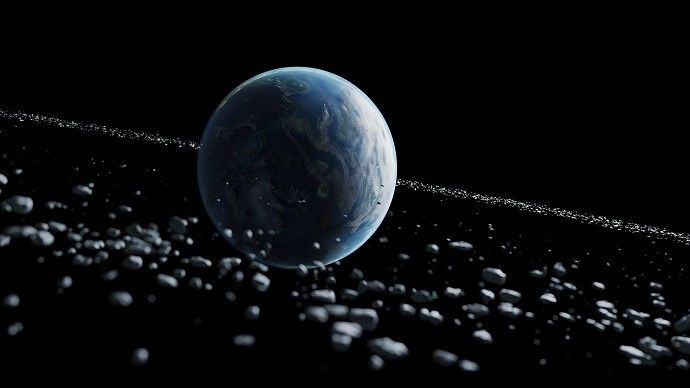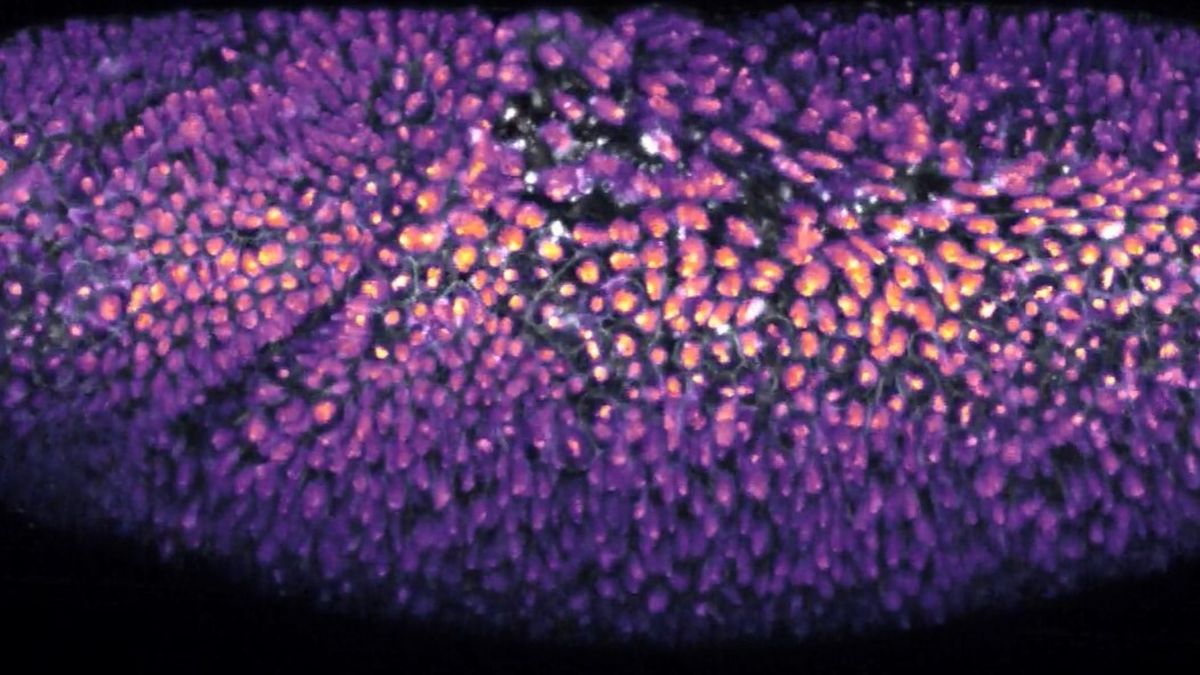There’s nothing quite like the satisfaction of scrubbing off the dirt, sweat and grime from a long day. A little soap and suds go a long way in keeping us clean, but how did humans wash themselves before the invention of modern soap?
Soap has a pretty simple formula and a long history. But for centuries, water was the primary means of bathing. For example, in the Indus Valley Civilization — a culture that thrived in parts of what is now Pakistan, India and Afghanistan from 2600 to 1900 B.C. — the Great Bath in Mohenjo-daro is considered one of the earliest public baths for steam bathing. But steam only goes so far.
Before soap became mainstream in personal hygiene, “there would have been a lot of people who smelled really badly,” Judith Ridner, a historian at Mississippi State University who writes about material culture, told Live Science.
Although modern formulations of soap contain many extra ingredients, basic soap is a fairly simple concoction. It’s a salt of a fatty acid, meaning a combination of an alkali — a water-soluble compound — and a fat, Kristine Konkol, a chemist at Albany State University, told Live Science. As a chemical compound, a soap molecule has a water-loving head and a grease- and oil-loving carbon chain tail that surrounds and lifts up dirt molecules, Konkol explained.
This basic formula was key to premodern soaps in ancient civilizations. Plants; animal bile; oils; and exfoliants, like sand and wood ash, were all staple ingredients of these early cleansers.
Related: How does soap kill germs?
Ancient forms of soap are hard for historians to trace because of one major barrier: “Soap degrades,” said Seth Rasmussen, a chemist historian at North Dakota State University. “We can use chemical dating and archaeology, but that requires that samples have survived since when they were first produced until now.”
The earliest written records of soap-like substances date to around 2500 B.C. in Mesopotamia. Clay tablets indicate that the Sumerians used water and sodium carbonate — a powdery salt such as from plant ash — to clean themselves and beer and hot water to clean wounds.
A couple hundred years later, the Akkadian Empire in the Mesopotamian region used a mixture of plants, such as date palm, pine cone and a shrubby plant called tamarisk. Such a mixture is consistent with the basic ingredients of modern-day soap: an alkali, such as tamarisk; an oil, such as date palm; and an abrasive, such as pine cone, Konkol and Rasmussen explained in their paper on soap in antiquity.
Indeed, “there isn’t actually that much difference between modern soap and ancient soap,” Ridner said.
How is that possible when modern science didn’t exist in ancient times? People probably created soap unintentionally, Konkol said. Cleaning a greasy pan with plant ash under high heat would produce soap, for example, as would boiling animal fats with wood ash. Historians have traced these methods back to Babylon and ancient Egypt. Natron (a type of salt), clay and the talc-based soapstone are other ingredients that have been documented in Egyptian remains, possibly as part of their bathing routines — or, more grimly, as a chemical result of decomposing bodies, Rasmussen said.
A different approach
The ancient Greeks and the Romans took a slightly different approach to bathing. After rinsing in water, they lathered themselves in scented olive oils. Then, they used a curved tool called a strigil to scrape off the remaining grime. But this may not have been a cleaning technique so much as a masking one, Rasmussen said.
“Oftentimes, the oils would have plant extracts in them that would be aromatic,” he said. “So in these time periods, oils were used as perfumes.”
Most of these soapy mixtures were used to clean textiles rather than human bodies. “It was really more of an industrial process than it was a cleanliness issue,” Rasmussen said.
Historians aren’t quite sure when bathing with soap became more routine, but in the Western world, it wasn’t until much later — likely the early- to mid-1800s, Ridner estimated.
“It’s a whole convergence of factors that are causing it,” she said. For one, inexpensive fats became more widely available, Ridner said. Then, the industrial revolution moved soap production from households to factories. City engineers and reformers also turned toward “cleaning up” immigrant communities, which also facilitated the shift. Plus, the Civil and Crimean wars placed a bigger emphasis on sterilization in hospitals and health care.
“It’s kind of all these factors coming together to create a mass market for soap that companies, like Procter & Gamble in the U.S., start to take advantage of,” Ridner said.














